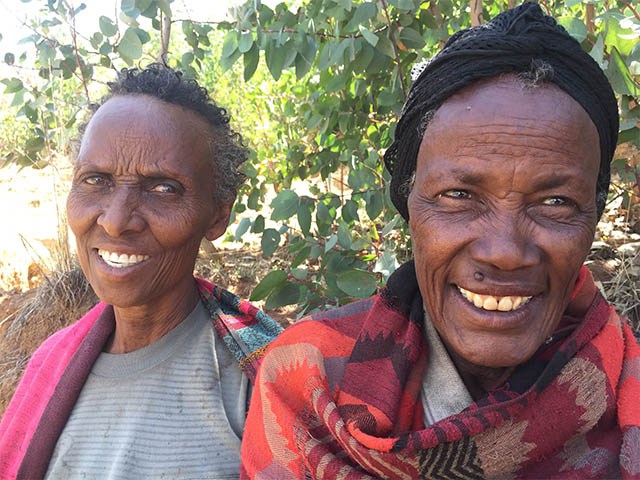Plantations International News

By Alan Nicol(IWMI). At first published on the Globe Banks’s Governance for Development.
Selilah looks out over a landscape she has actually stayed for 70 years. In the valley below, deep gullies mark the slopes where rains have brought away the dirt. Managing three of her four children, she is battling making ends meet in this component of Sidama Area, Ethiopia, where, she claims, there utilized to be a woodland a lot more than 40 years ago.Now most trees have actually been felled as well as water is scarce. Selilah invests 2 hrs a day gathering her two jerrycans (50 liters) from a bordering kebele (area), yet when that resource fails she should get water from a vendor at ETB 6 (30 USA Cents) each a jerrycan, an enormous cut right into her income.In the last
10 years, she asserts, the rains have actually altered– – they are lighter compared to before and also a lot more occasional. Due to this, manufacturing from her weak story– – merely 0.25 ha – is decreasing. After her partner passed away a lot more contrasted to a 10 years back, she now just makes ends satisfy with the day-to-day wage-labor income of her kids. Like bunches of others, Selilah is on the frontline of setting alteration in a landscape under enhancing pressure.But improvements are possible. Her friend, Kababot, of equivalent age as well as additionally widowed, responds in contract as Selilah maps out just how she assists to restore their degraded Kolante spots under a GEF Small Grants Program. Along with numerous other males and likewise women, Selilah and also Kababot aid develop terraces, plant trees and likewise existing other procedures to reduce filth erosion. In return, they get collected turfs for straw, as well as fruits for consumption. The environment is gradually being recovered, however it’s taking considerable area effort.In North Shewa, countless kilometers to the north, farmers are
waiting for the Belg(quick) rainfalls, this year hindered by El Niño. The rains are currently a month late.A feeder roadway completed in the last 4 years puncture barren fields, untiled yet still bone completely dry, where harsh winds carry away the fragile topsoil.The street has opened up brand-new markets for farmers, being composed of milk items. Yet it has in fact additionally driven need for kubet, round dung pies created by farmers using critical all-natural matter that would certainly otherwise help bind the dirts as well as enhance moisture retention. At the same time they have value as a food preparation power. An automobile load can retrieve$ 1,000. The paradox is that farmers accumulate stacks of kubet readily available for sale while at the exact very same time acquisition chemical fertilizers to maintain their crop yields.These stories have a common string– – that landscapes share an increasingly vulnerable natural resources base. The value of incorporating landscape protection with steps concentrated on sustaining the durability of food manufacturing is now the
prime focus of an Integrated Technique Aviator activity being made by UNDP-GEF. This requires new means of valuing(along with making the most of worth from)natural sources along with expanding incomes far from reliance on environmental community resources.Water-smart farming is likewise a primary function– – guaranteeing that dirts are effective soaks in addition to pumps for plant origin systems, that basins are dependable water-harvesting systems and additionally could mitigate the damaging influences of more uneven rainfall patterns in this element of Africa.Selilah views out at the recently-planted saplings
at the establishment of efforts throughout Ethiopia to restore landscapes in addition to, using repair work, underpin future production as well as efficiency. The challenge depends upon producing techniques that are considerable ample to have an influence at a landscape scale along with that can maintain tasks by areas past the usual job cycle of 3-4 years. This is truly an inter-generational effort.Selilah grins as well as bears in mind a past when there utilized to be family pets in a thick woodland right here. Currently also old to take a trip, she sees her feature as an older and also mommy deeply associated with restoring the community’s landscape in addition to guaranteeing future generations do the same.At the exact same time, she states, the future belongs not just making certain eco-friendly sustainability. It likewise requires resource of earnings protection and also resilience that comes from her kids( as well as their youngsters)having job opportunities and also profits incomes that extend much past dependence on the natural financing around them. Plantations International
The post Farmers on the frontline: Modification and improvement in Ethiopia’s basins appeared initially on Plantations International.
